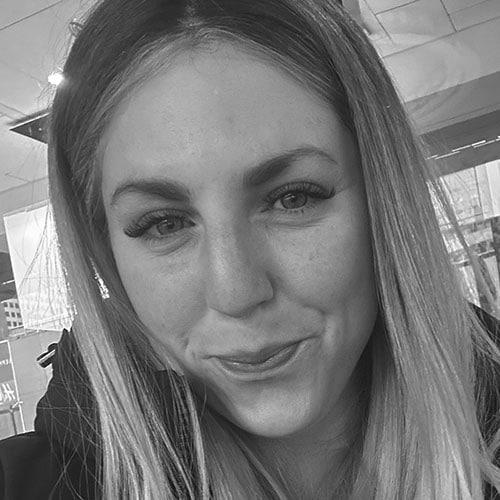 A student giving tzedakah as part of an exhibit. Photo courtesy of Geula Newman
A student giving tzedakah as part of an exhibit. Photo courtesy of Geula Newman To many, the 19th of Kislev — Dec. 7 this year — is just another day. But to Rabbi Danny Yiftach-Hashem, it’s a watershed moment.
Known as the “New Year” of Chasidism, the date represents when Rabbi Shneur Zalman of Liadi, the founder of the Chabad Chasidic movement, was released from prison by czarist Russia in 1798, allowing the movement to grow.
“The holiday has its significance in general for the entire Jewish people,” said Yiftach-Hashem, director of Chabad of Marina del Rey and Bais Chaya Mushka, a Chabad Chasidic day school for girls in Pico-Robertson. “The 19th of Kislev represents the renaissance that came about.”
All around Los Angeles, Chabad institutions celebrated the holiday by learning from Zalman’s seminal work of Jewish wisdom, the Tanya, and holding fabregens, gatherings filled with inspirational speeches, dancing and singing.
Yiftach-Hashem said that, historically, Zalman’s release came at a critical juncture — Jews were divided during his imprisonment — and that the leadership provided by his movement after he gained freedom helped Jews facing pogroms and other challenges.
“We were experiencing massacres and pogroms around this time,” Yiftach-Hashem said. “Jewish people in communities all over the world had somewhat fallen apart. Leadership had declined. Judaism would not be what it is what is today without chassidus [the practice of Chasidism].”
To celebrate the holiday, Yifatch-Hashem attended a fabregen at the Chabad Persian Youth Center on Pico Boulevard with 100 other people. While there, he gave a speech about how God conceals himself in this world so that people can have freedom of choice. At Maayon Yisroel in the La Brea-Beverly neighborhood, he said, hundreds of Chasidim meet every year to hold their own fabregen.
The students of Bais Chaya Mushka learned about the 19th of Kislev through presentations, with eighth-graders teaching the younger girls about nine concepts from the Tanya.
According to Geula Newman, principal of the school, the students discussed questions from the text like, “Who am I, my Godly or animalistic soul?” “What is the point of giving a small amount of tzedakah every day instead of one lump sum yearly?” and “Should the heart obey the mind? Or vice versa?”
“The girls related to the teachings in so many different ways,” Newman said. “They learned that the mind rules over the heart. Teenagers go by what’s in their heart. They can be sad or anxious or worried. But they learned that they could use the mind to control it. It’s very empowering.”
Every day, the students at Bais Chaya Muska study the Tanya in a more theoretical way, and the presentations they gave helped them bring the concepts to life, Newman said.
Chabad institutions celebrated the holiday by learning from Rabbi Zalman’s seminal work of Jewish wisdom,
the Tanya.
For instance, the girls constructed a miniature city exhibit because the Tanya compares a person to a small city in which two kings, the good and Godly one and the animalistic one, are battling constantly.
Another exhibit the eighth-graders built and presented included versions of three human beings: a homeless person, a Bais Chaya Mushka student and an affluent woman with her baby. Newman said this demonstrated that although they all look different, these people are twins and have the same soul.
“Once you focus on your own Godly soul and nurture it, it becomes so easy to see it in others, and [makes] it natural to love them and care for them.”
One parent, Sara Mayberg, said the 19th of Kislev presentation gave the students the opportunity to foster achdus, or unity. “It’s incredible to see the girls working together bringing chassidus to life,” she said.
Jewish unity is one of the big themes of the holiday, and one that permeates beyond Chasidic culture and into the Jewish community as a whole, Yiftach-Hashem said.
“One of the main foundations of chassidus is brotherly love — to love one another, even strangers. We try to increase acts of goodness and kindness to others.”























 More news and opinions than at a Shabbat dinner, right in your inbox.
More news and opinions than at a Shabbat dinner, right in your inbox.